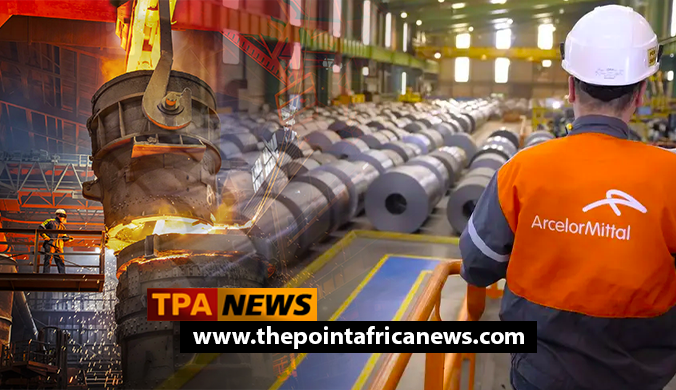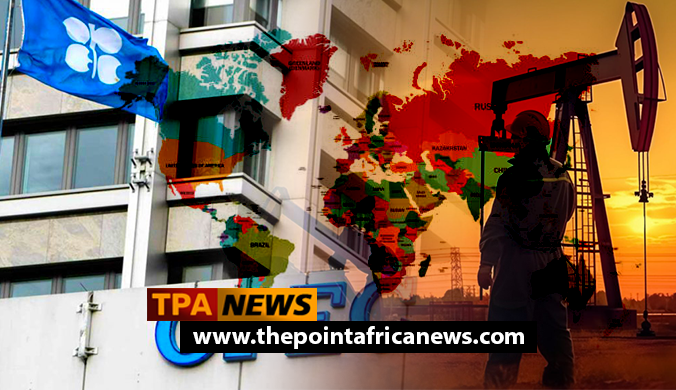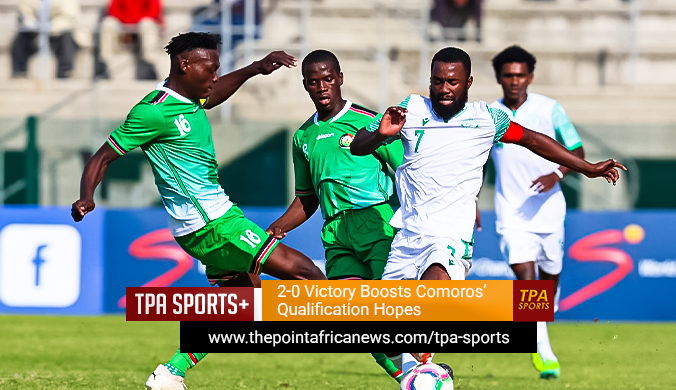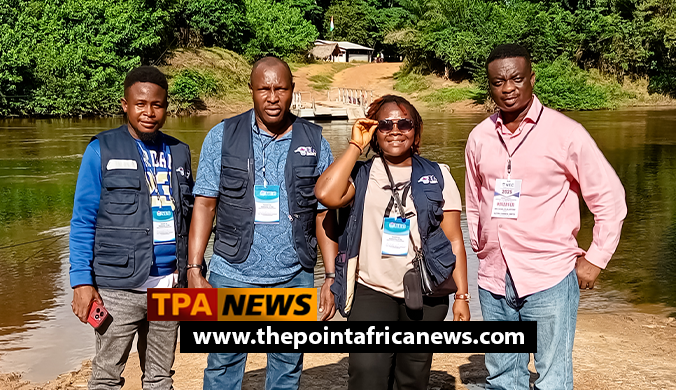Your cart is currently empty!

ArcelorMittal: The Green Horizon and Ground-Level Realities
By: TPA News Desk | Business News | www.thepointafricanews.com/africa/business

The global steel industry—once the backbone of industrial expansion—is now at a crossroads. Under intense pressure to reduce its carbon footprint, its leading producer, ArcelorMittal, has publicly committed to reaching net‑zero emissions by 2050. But as mid‑2025 unfolds, it’s clear that the operational realities complicate this ambition.
At the centre of ArcelorMittal’s decarbonization strategy is a €1.7 billion plan targeting sites in Dunkirk and Fos‑sur‑Mer, France, intended to transition from traditional blast furnaces to hydrogen‑ready or electric arc steelmaking. Although the company secured significant government support—€850 million in French subsidies—execution has stalled. ArcelorMittal attributes the delay to an uncertain regulatory environment, insufficient carbon border policies, high energy costs, and the immaturity of green hydrogen as a fuel source. Critics, including transparency advocates at SteelWatch, contend the delays are politically strategic and used to extract greater subsidies rather than reflect logistical impossibilities.
Environmental performance further clouds ArcelorMittal’s green credentials. The ESG research firm Sustainalytics rated ArcelorMittal SA as “High Risk” with an ESG score of around 35.0 in mid‑2025, citing material exposure to environmental liabilities. Notable compliance failures include:
- In Canada, the company and a partner were fined $15 million in 2022 for 93 violations of water contamination regulations.
- In France, the Dunkirk facility released over 228,000 m³ of public drinking water illegally and exceeded particulate emissions limits by 17.4 tonnes, resulting in only €15,000 and €400,000 fines, respectively.
- Since 2020, environmental penalties across operations—including Mexico and South Africa—surpassed €11 million.
- In South Africa, a hazardous hydrogen sulfide breach led to a fine of ~€205,000, with allegations that actual pollution levels remain substantially higher.
- In Liberia, mining operations destroyed nearly 400 hectares of farmland, affecting 883 farms, and compensation has been awarded to fewer than 200 affected farmers despite years of public pressure.
Financial headwinds compound the challenges. ArcelorMittal incurred a negative free cash flow of $1.3 billion in the first half of 2024, driven by heavy working‑capital investments alongside capital expenditures totaling over $1.5 billion. Globally, fiscal strain was evident—but the full year 2024 saw improved performance with EBITDA of $7.1 billion and adjusted net income of around $2.3 billion, despite a substantial drop in earnings compared to 202. Regionally, ArcelorMittal South Africa reported deep losses in 2024—triggered by utility prices, logistical bottlenecks, and market competition—with Net debt rising to approximately R5.1 billion and operations suspended at its troubled Longs facilities.
Consequently, ArcelorMittal walks a tightrope: trying to meet ambitious decarbonization targets while managing entrenched environmental risks and navigating intense financial pressure. Its delayed green investments reveal the tension between rhetoric and reality. Unless supportive policies such as the EU’s Carbon Border Adjustment Mechanism (CBAM), steel safeguards, and regulatory certainty materialize in 2025, the steelmaker may struggle to justify the economic case for green steel. The coming years will test whether ArcelorMittal can deliver on its promise to shape a sustainable, low-carbon industrial future.
Related Posts
-
OPEC+ Members to Raise Oil Output by 137,000 Barrels a Day in October
By: TPA News Desk | World News | editor@thepointafricanews.com Eight key OPEC+ members — Saudi…
-
Comoros Keep World Cup Dream Alive with 2-0 Victory over Central African Republic
By: TPA Sports Desk | TPA Sports+ | www.thepointafricanews.com/tpa-sports Comoros boosted their hopes of qualifying…
-
Liberia and Guinea Officials Reaffirm Strong Bilateral Ties
By: TPA News Desk | Local Stories | editor@thepointafricanews.com The Deputy Speaker of the Transitional…







Leave a Reply